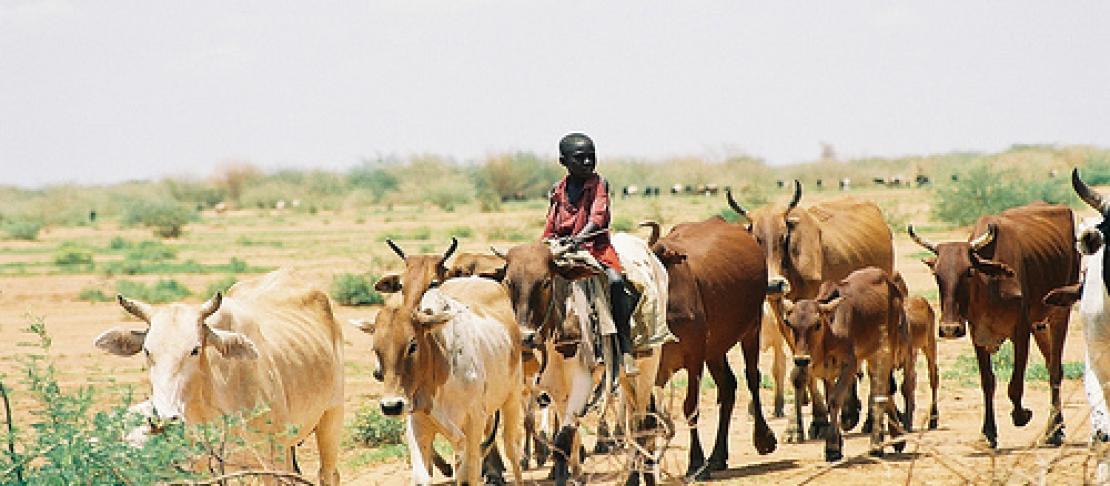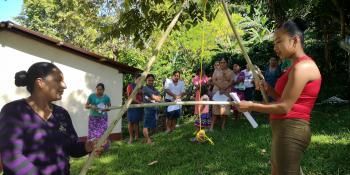How are Ethiopian pastoralists perceiving current climate trends?

edited by Cecilia Schubert
Pastoralists on the Borana Plateau of Ethiopia are tirelessly dealing with extended and more frequent droughts, occurring at a scale they have seldom witnessed before. At the same time, they have to adapt to population growth, land use changes and unreliable climate patterns, in the midst of the ongoing struggle against dried up pastures. The common perception among the pastoralists is that droughts are increasing, in severity, and duration. They also feel that increased cropping and town sprawl have captured much of the fertile pastures, leaving little left for animals to graze on. In the light of these environmental and social changes, how are pastoralists, non-governmental organizations and government responding? Which responses are likely to be most successful and how will the various initiatives interact?
Video poster: Climate Risk Adaptation Strategies of Boran Pastoralists
A team of students from Cornell University set out to find answers to these questions. The team’s objective was to make an inventory of local perceptions of climate trends, strategies that households were using at the time to cope with the drought, and perceptions of successful adaptation strategies. Preparing for their study on risk management strategies and information needs in the Borana region of Ethiopia, the team used participatory methods, complemented with interviews of government officials, aid workers and relief organization. The field work was done in July 2011 during one of the most severe droughts experienced by the horn of Africa in recent history. The project was co-funded by the CGIAR Research Program on Climate Change, Agriculture and Food Security (CCAFS) and involved CARE as well as the International Livestock Research Institute (ILRI).
The team found that there are potential opportunities for financial risk management tools, such as the Index Based Livestock Insurance program, to work with and support existing veterinary services and rangeland management. The team prepared a poster from the research initiative, as well as a video that summarizes the project and its findings.
The results from the study are also presented in the Working Paper Changing climate adaptation strategies of Boran pastoralists in southern Ethiopia (PDF). One of the findings presented was that although the pastoralists are adapted to a climate where droughts occurred once every 7-10 years, the Boran have noted an increase in the frequency of droughts in the region. These frequent droughts, which are likely to be characteristic of future climate in this region, have had grave impacts on the Boran including loss of livelihood, food scarcity, and loss of cultural identity.
Read more:
Changing climate adaptation strategies of Boran pastoralists in southern Ethiopia (PDF), by Hurst M, Jensen N, Pedersen S, Sharma A, Zambriski J. 2012.
This blog post was edited by Cecilia Schubert, Communications Assistant at the CGIAR Research Program on Climate Change, Agriculture and Food Security (CCAFS). This study was done in relation to CCAFS Theme 2: Adaptation through managing climate risks.To get more updates on our research and field work, follow us on Facebook, and on Twitter.


